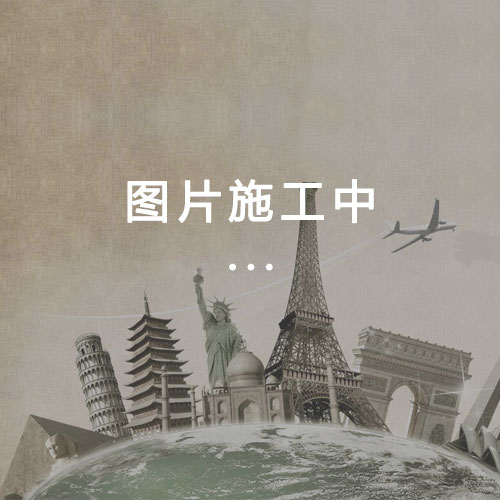
valle d'itria
景点印象
enricoallievi
Driving through Valle dell'Itria is somehow a scenic experience that is impressing even more when done in a misty and cloudy day as I did , The Trullis and the lansdscape are reminding the "hobbit world " and the uniqueness of the architecture is mindblowingly relaxing Try to get lost and do not only concentrate on Alberobello, spend some of your time to visit the immaculate beauty of Martina Franca and the areas between Putignano and Locorotondo
Cangur0
The Valle D'Itria is a magical place with trulli dotting the landscape which is made up of olive groves and vineyards. The towns are spectacular although can be full of crappy tourist shops like Ostuni. The trulli in Alberobello are worth a look and we loved Locorotondo and Cisternino.
inkmom
In the tourist info shop in Locorotondo, we bought a book called "Discover Valle d'Itria" by M.T. Aquaviva. It guided us out into the countryside, to visit the " contradas," the tiny farming villages of trullis found in the Valle d'Itria. Basically, what you do is turn off the main routes between Locorotondo and Cisterno (no doubt, between other towns, too), park your car in a wide spot of the road and get out & take a walk. It is a really great way to see how farm families live and to see trullis which are used for living, not for tourists' photos. We also found (not from the book, just wandering around) a public bike/jogging trail which runs between several of the towns; you'll have to ask locals how to get there; I couldn't possibly describe it, but if you do, you'll be rewarded with a really great place to walk and see all that the countryside has to offer...trullis, vineyards, wild flowers, and more. Be sure to take your camera...these were some of our best shots of our trip...way better than Alberobello shots! I'd suggest that you allow at least two hours: half an hour to find where you want to walk and an hour or two (or more if you wish) to walk.
827martinob
The Valley is stunning we also stopped off in the old town of Martina Franca and Ostuni, the drive through between the towns have some scenic views of loads of Trullis which are the local conic buildings.
shashab33
Its a secret many visitors by-pass in their eagerness to consume the big-named attractions. Its different,extravagantly different from what you expect. The green and rustic Valle d'Itria,which runs north towards Locorotondo,takes its name from a Byzantine cave chapel nearby that was said to hold a magical image of the virgin Hodegetrio,the Protectress of Imperial Constantinople. The basic element around here is the rough gray limestone that litters the fields. it is fitted together without morter to make the stone fences that criss-cross the valley,as well as,the distinctive local housing unit,the Trullo,a white walled,dome-roofed hut decorated with a white-washed pinnacle. The Trullo's morter-free vault; made of rings of stone that narrow to the top,predates Roman construction and is similar to dwellings found in Cappadocia in Turkey,Sardinia and elsewhere in the Mediterranean. Nobody knows when these picturesque-houses came to Apulia nor whether the name comes from the greek 'Tholos' or the Latin 'Turris'. The oldest trulli standing today seem to have been built in the past 3-4 centuries.
AdrianaGiotta
Love the trull houses, colours, climate, food, smells, peace, energy of the place. Don't like: a lot of illegal buildings popping out "over night" disrupting the area.
HampshireBirdman
This area ranging between Martina Franca, Locorotondo, Alberobello and Cisternino is home to the 'trulli', these white painted conical roofed homes once the dwelling places of farmers and their stock are now becoming holiday homes for wealthy Italians and foreigners. The Valle d'Itria is a fertile area home to the white wines of Locorotondo and Martina Franca and vineyards are common. When visiting the local markets much of the produce is grown in the Valle d'Itria. The land that is not in production tends to be rocky with limestone outcrops (not generally particularly photogenic - but there are some gems to find). It's worth parking the car taking the camera and going for a walk to find those special places particularly in spring with the orchids and early f.
dinoNorwich
Generally, the countryside in this area is not particularly attractive but the Valle d'itria is rather more fertile than the rest and so more appealing to the eye. This is an area where fruit and vegs are grown and makes a change from the everlasting olivetrees and vines so abundant elsewhere. Rocky ground gives way to rich red earth and a softer, rounder look but it is still very flat and fairly uninteresting.
Vallettiana
A beautiful area of the Trulli Region - a definite must to anyone visiting Puglia. We liked the immense area of this valley and the endless Olive Groves along the route. Fantastic!
erich802
This part of Puglia is well know for its Trulli, cylindrical houses with conical roofs. The town of Alberobello, a UNESCO world heritage site is literally a forest of trull, but so is the countryside with its trulli surrounded by olive groves and vineyards.
The_1st_Lady
The area of the Valle d'Itria is said the be the prettiest part of Puglia. Stunning countryside, packed with the famous trulli buildings and wonderful landscape. When in Puglia do take a drive around this area.
lauragJ9602LA
Este vale italiano pode ser observado do alto da pequena cidade de Locorotondo. Observe os "trulli", que são as pequenas casas de fazenda com seus celeiros....adorei!
DonatellaB2
Sono stata Martina Franca a fine febbraio e anche d'inverno posso dire che la Valle d'Itria è sempre incantevole.
briMilano
La valle d'Itria è bellissima, verdeggiante con i bianchi trulli che si intravedono tra gli ulivi. Per non dire poi di quanto si possa mangiar bene a prezzi sicuramente ottimi! Da non dimenticare!!
Raimondolullo
Posto unico al mondo, con i caratteristici trulli disseminati in queste valli pettinate in un panorama bucolico che, a volte, sembra finto.Certamente più bella del Chianti ed altri luoghi simili ma ben lontani da questo splendore.

